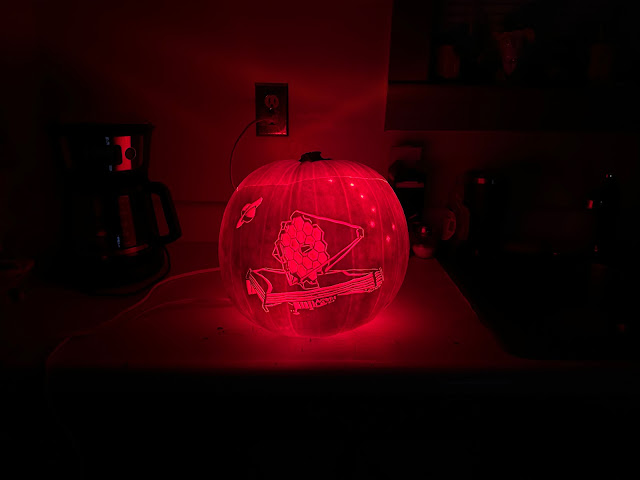The Sounds of a New Planetary System | NASA Ames Data Sonification
This is the first planetary system where each planet is bathed in more radiant heat from their host star per area than any in our solar system.
This sonification turns the orbits of a new seven-planet system, discovered by NASA’s retired Kepler space telescope, into sound. It begins at the center of the system with the innermost orbit and builds toward the outermost, introducing each orbit with a new sound that plays once per rotation around the central Sun-like star. It then focuses on two specific orbits in resonance. This creates a beating sound with the inner rotating twice in the same period as the outer rotates three times. Next, only the three outer-most planets are singled out as an orbital resonance chain before blending all seven together again.
The Kepler space telescope was NASA’s first planet-hunting mission, assigned to search a portion of the Milky Way galaxy for Earth-sized planets orbiting stars outside our solar system. During nine years in deep space Kepler, and its second act, the extended mission dubbed K2, showed our galaxy contains billions of hidden "exoplanets," many of which could be promising places for life. They proved that our night sky is filled with more planets even than stars—knowledge that revolutionizes understanding of our place in the cosmos.
Kepler has opened our eyes to the diversity of planets that exist in our galaxy. Analysis of Kepler’s discoveries concludes that 20 to 50 percent of the stars visible in the night sky are likely to have small, possibly rocky, planets similar in size to Earth, and located within the habitable zone of their parent stars. That means they are located at distances from their parent stars where liquid water—a vital ingredient to life as we know it—might pool on the planet surface.
Learn more about the Kepler/K2 Mission:
https://science.nasa.gov/mission/kepler
Video Credit: Bishop’s University/Jason Rowe/NASA's Ames Research Center
Duration: 2 minutes
Release Date: Nov. 2, 2023
#NASA #Astronomy #Space #Science #Stars #PlanetarySystems #Exoplanets #Planets #Orbits #DataSonification #MilkyWayGalaxy #Cosmos #Universe #KeplerSpaceTelescope #KeplerSpacecraft #JPL #Caltech #STScI #UnitedStates #JasonRowe #BishopsUniversity #Quebec #Canada #Animation #STEM #Education #HD #Video












%2054%20perijove%20-%20Juno.jpg)

